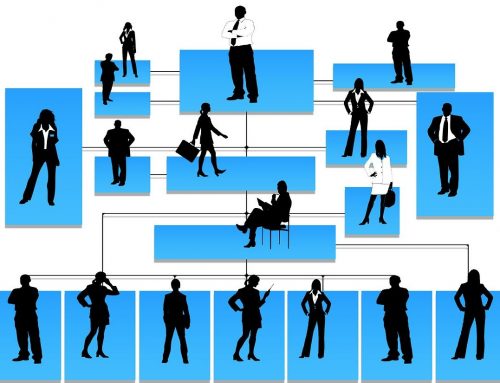Every company needs to provide itself with raw materials, services, or other goods necessary to carry out its activity. Therefore, in its procurement process, it will be necessary to study which operations, suppliers or operational activities will be the most profitable.
We can basically differentiate purchasing management into two large groups:
/fusion_text]
- Articles or raw material for the products we market.
- Consumables and services for the company’s own use.
It is important to forecast both groups. We cannot run out of raw material or have an excess. Just as it will be important to track the consumables that our company needs to develop its activity.
Functions of purchasing management
The main objective of a company’s purchasing management is to supply the goods and services that the company needs, making sure to acquire the quantity, quality and price necessary for a given period of time.
The purchasing department is responsible for deciding what the company should buy from, from which supplier, how much,…
As we have said, it is not the same to assess what office consumables or services we need, for example, the raw material with which we make our products. Both procurement groups need to be studied. Both can be recurrent purchases and we will measure the effectiveness of the management of purchases thanks to some indicators.
In this way we can apply experience to become more profitable as we learn.
We can help ourselves with a tool from sales activity, such as a CRM, with which, thanks to the history, we can forecast the raw materials we will need to supply ourselves.
Knowing the sales history of a period is useful for forecasting what to buy, controlling stock, etc.
With a ERP we will also control our suppliers, invoicing and accounting. These are indispensable tools for the purchasing department.
Step by step through the purchase process
When to buy, what to buy and from whom, will be defined by parameters to support a company’s need and production capacity.
The department must follow these steps:
/fusion_text]
- Recognize the real need.
- Select the ideal provider.
- Place the order or purchase.
- Order tracking.
- Order reception.
- Review and order acceptance.
Purchasing management indicators
To improve purchasing management we need to be supplied with as much information as possible to control the process. There are countless mechanisms to optimize and control costs.
In this article I would like to explain which indicators we need to take into account in order to optimise our purchasing management. Purchasing management indicators are mechanisms that help companies to optimise their expenditure. These are the main ones:
- Actual budget and expenditure: It is the result of the forecast of expenditure on a budget line and the difference over the actual expenditure. Sometimes the estimated budget differs from the actual final expenditure, which is not always negative. The reasons may be unforeseen, an increase in internal consumption, a different offer. But this indicator measures with what percentage we adjust to the established budget.
- Scouting (price study): We must perform this task frequently, since knowing the prices that suppliers can offer us helps us to decide better.
- ROI (return on investment): This indicator measures the economic performance obtained as a result of an investment. That is, for every euro we have invested, how much we have generated. It is calculated in this way: ROI = (Profit – Investment) / Investment
- Expenditure and Consumption: This indicator analyses whether what is really acquired is what we consume. We will analyze if everything that is bought is indispensable and necessary and what benefit it provides. This will be known through the margin obtained.
- Transparent processes: It will be essential to know where budgets end up, exactly where the money is spent. This indicator must justify each euro spent and will measure the effectiveness of the department or purchasing manager. It will also be important in this indicator to bear in mind that everything takes place according to a legal framework.
These items are the ones that will mainly tell us whether our purchasing processes are in good health, whether they help us to be more profitable and also to know market trends.






Leave A Comment